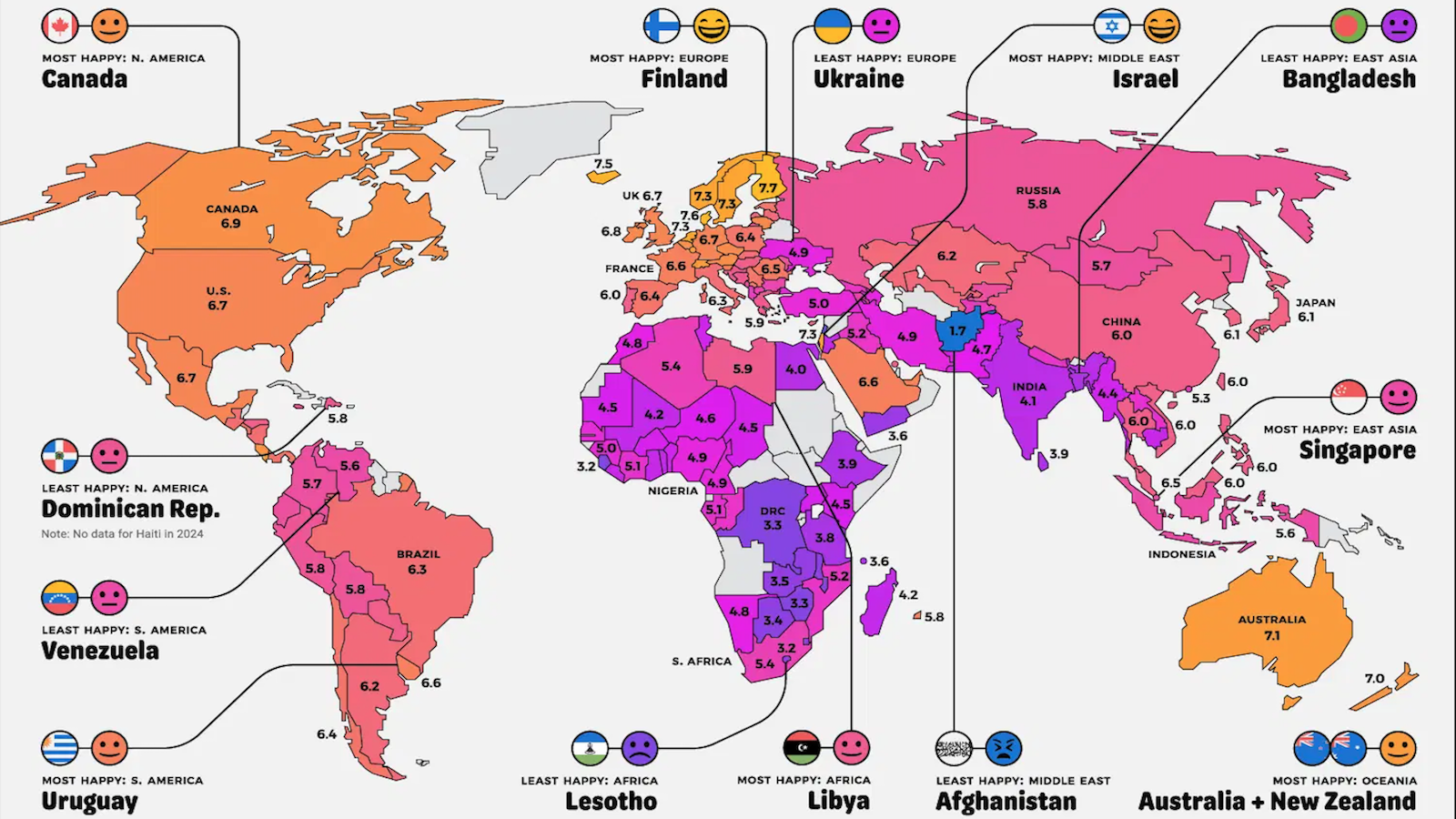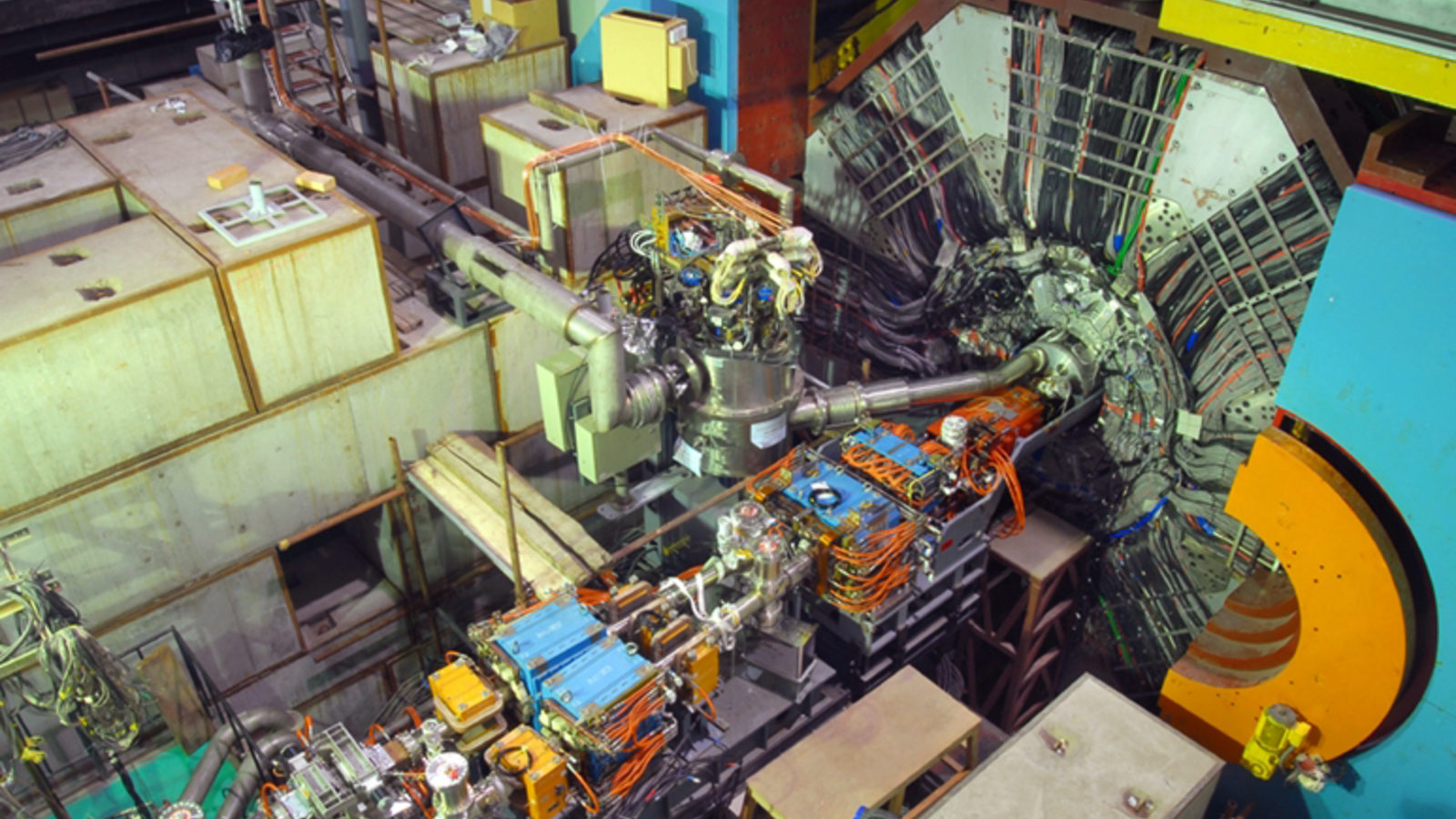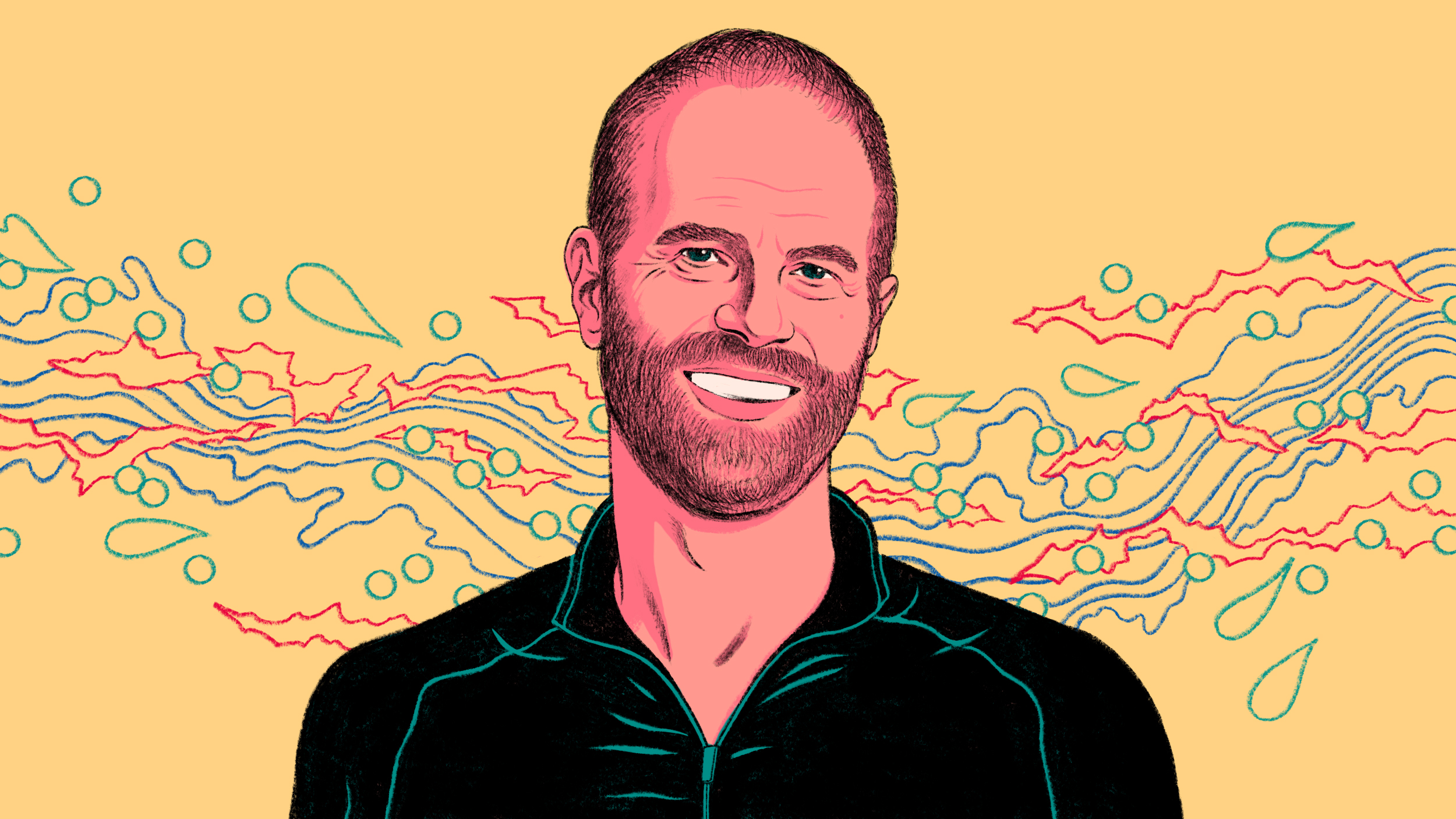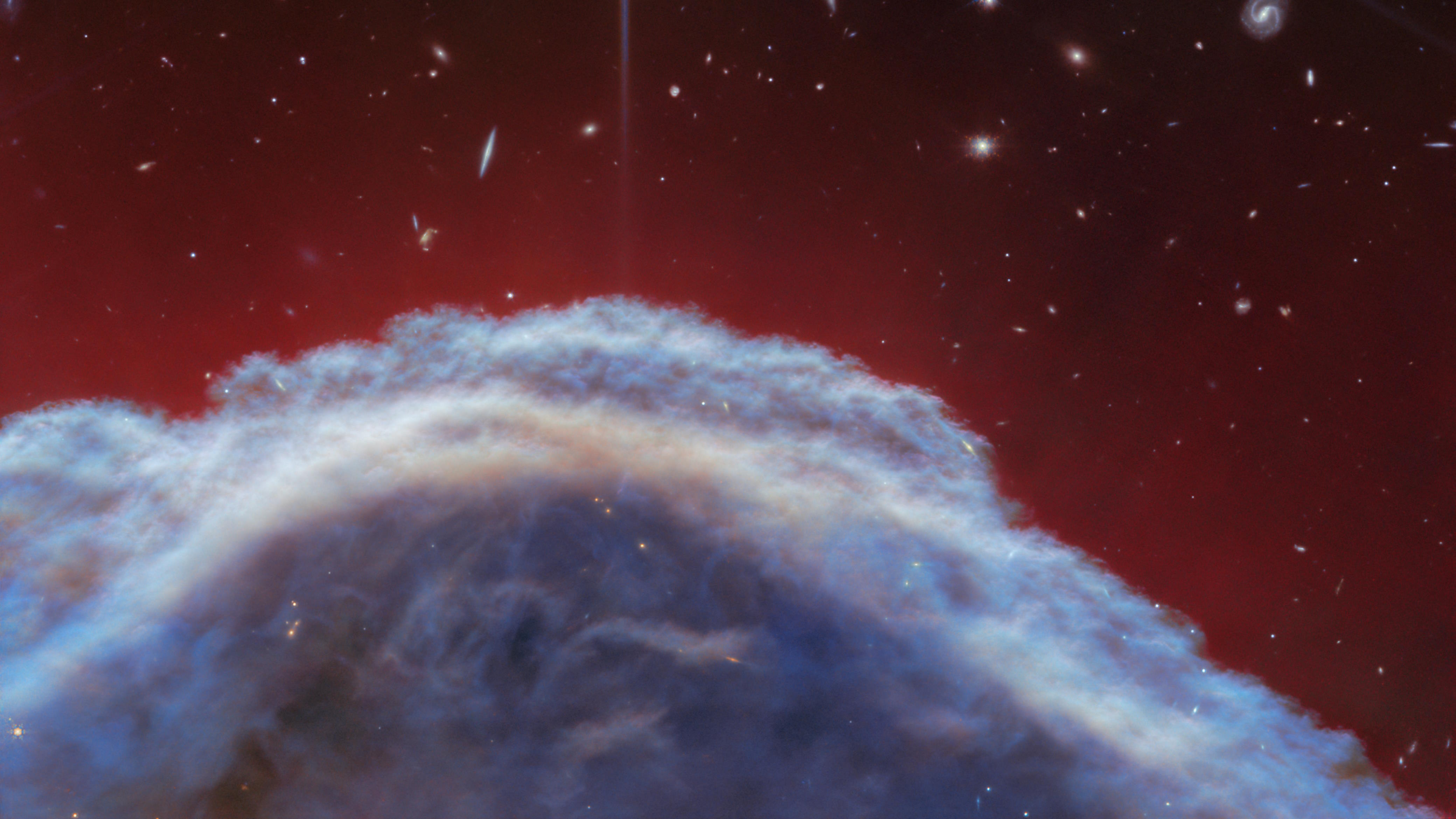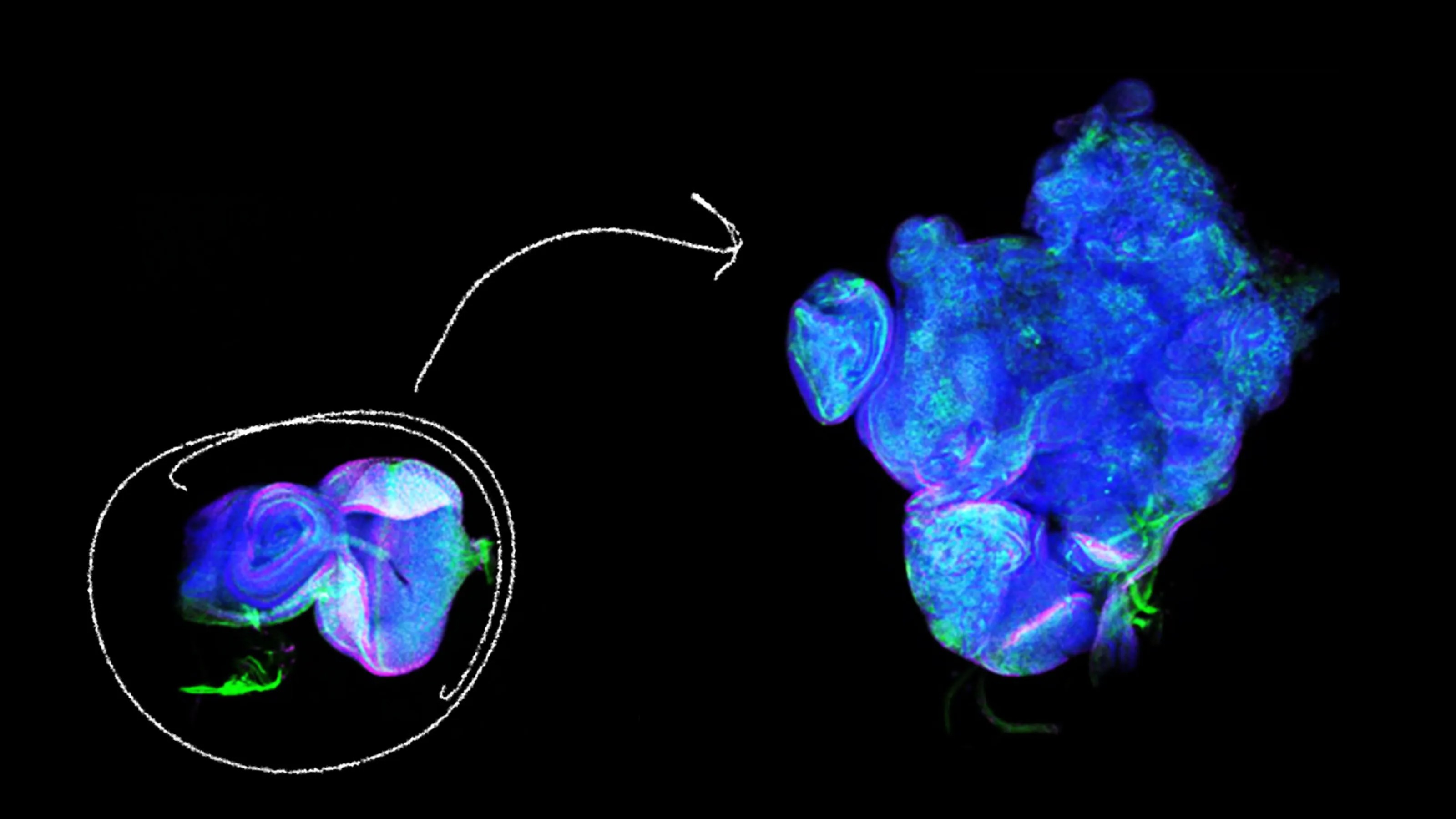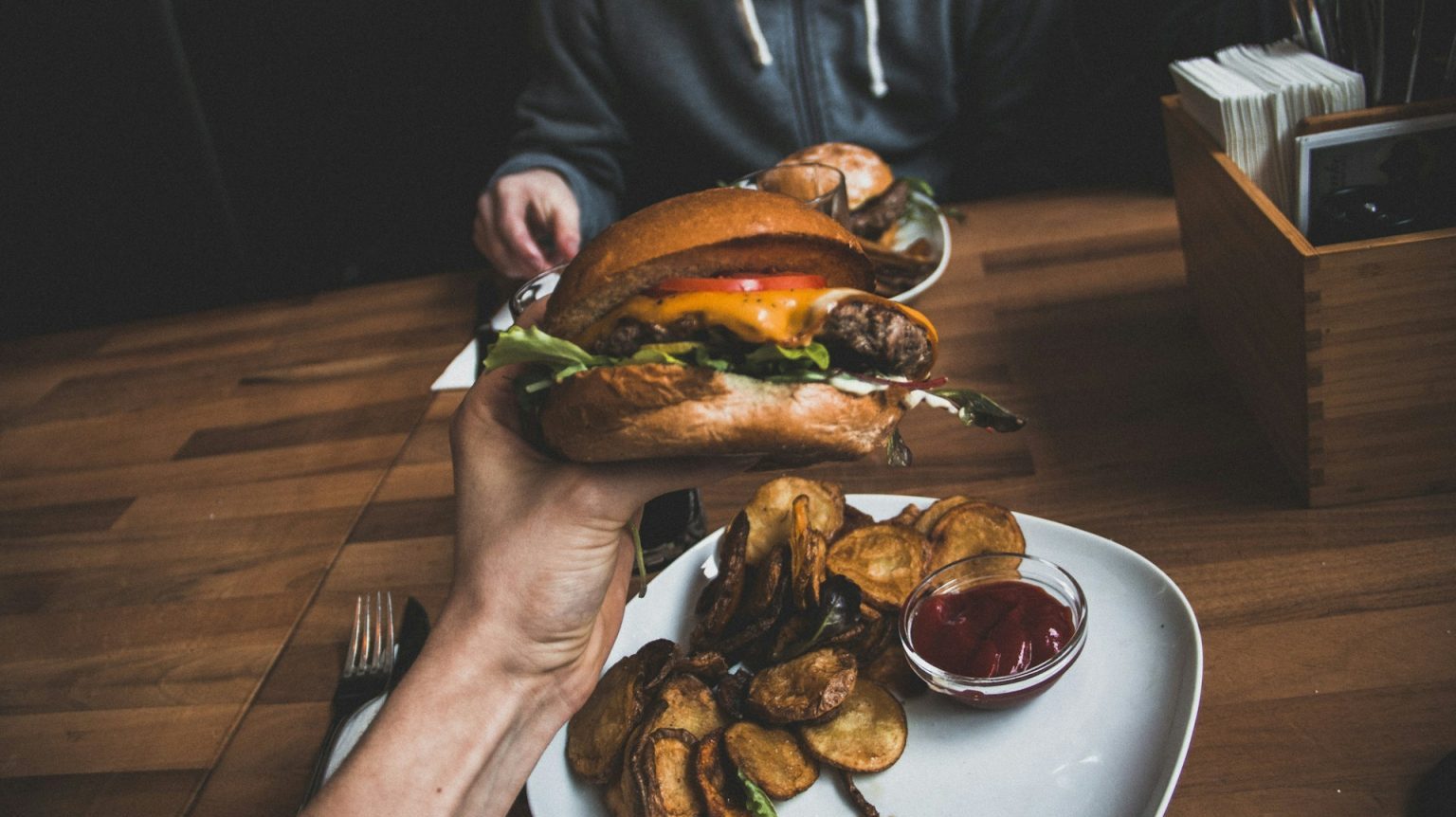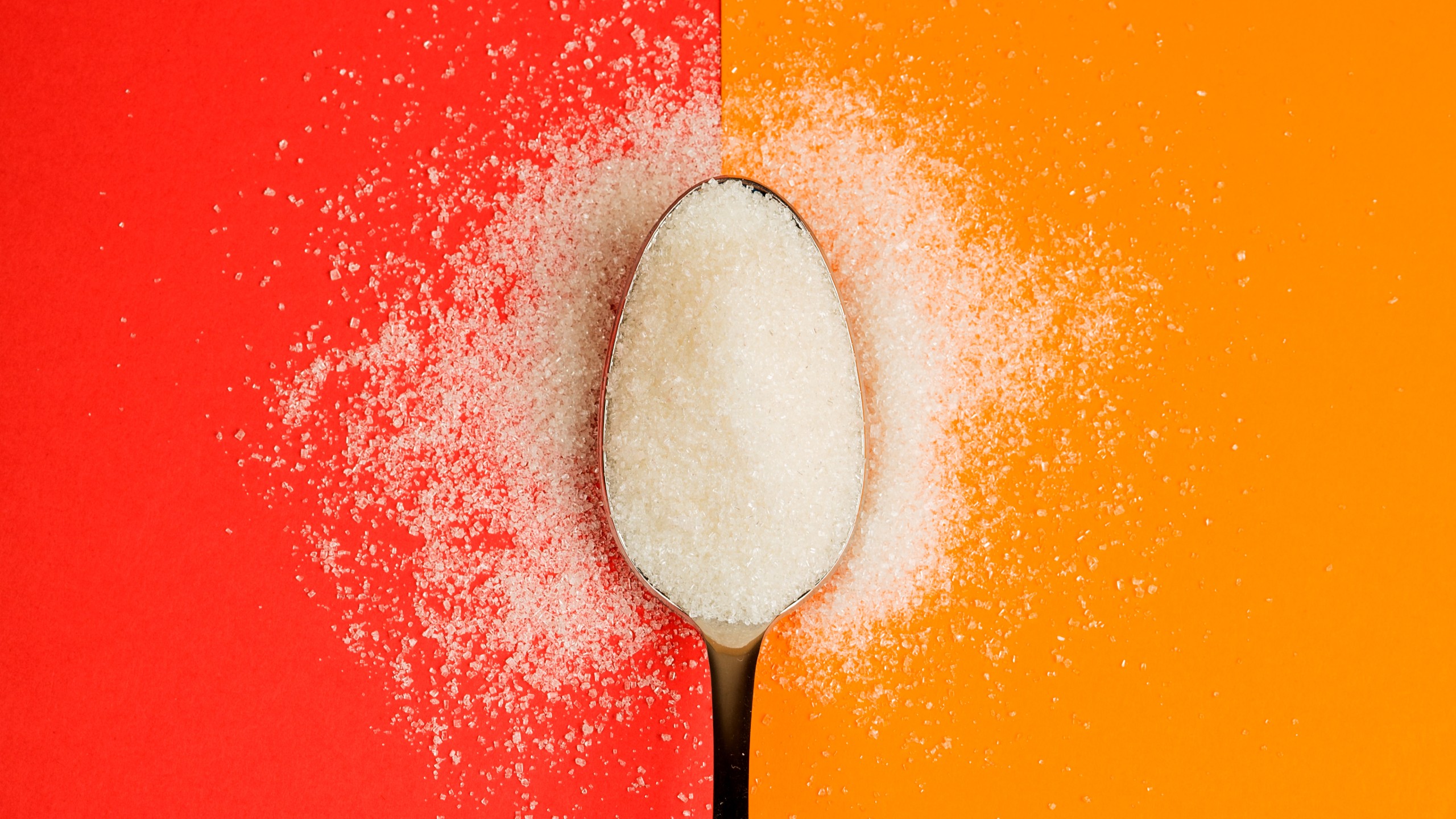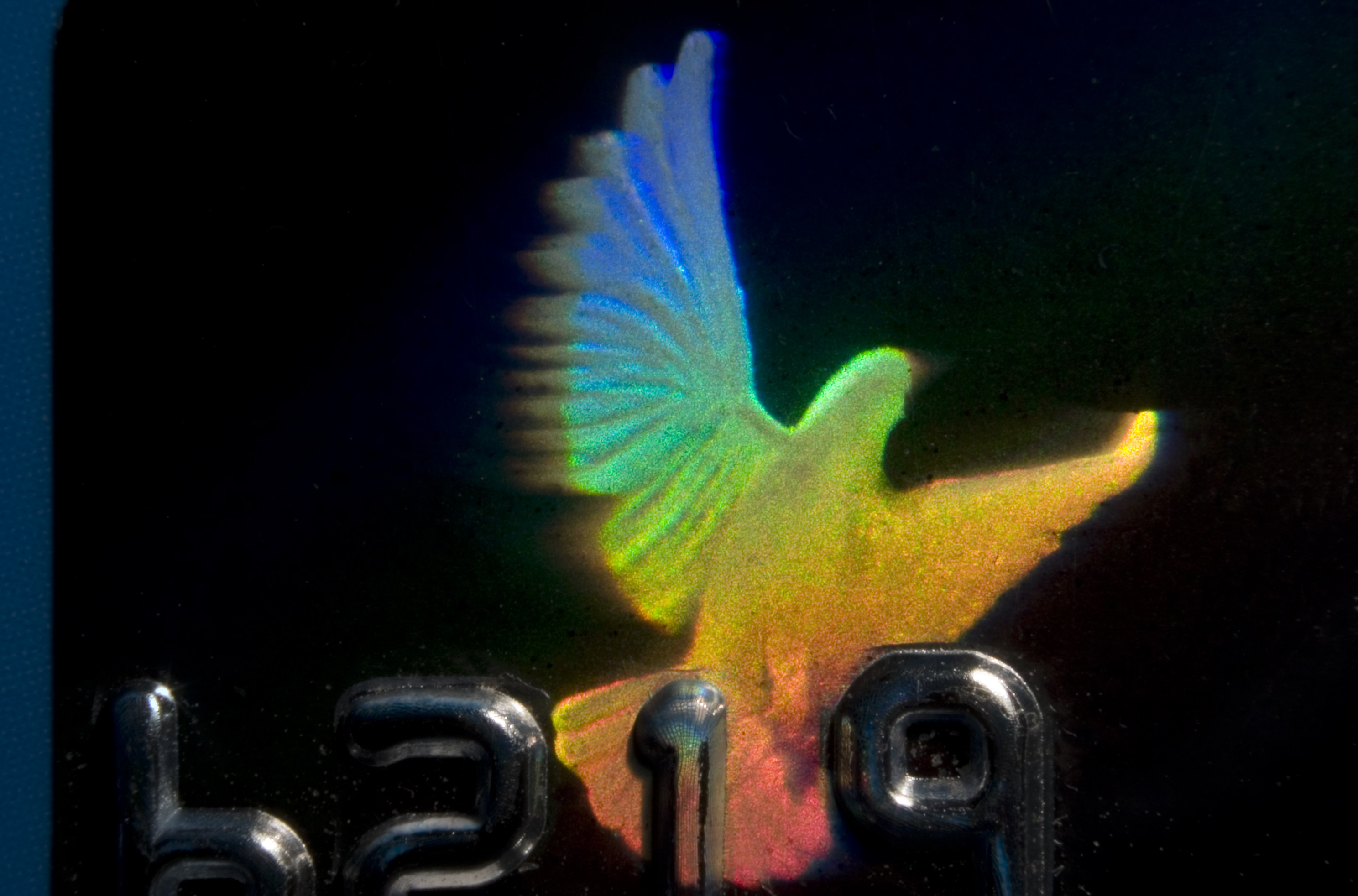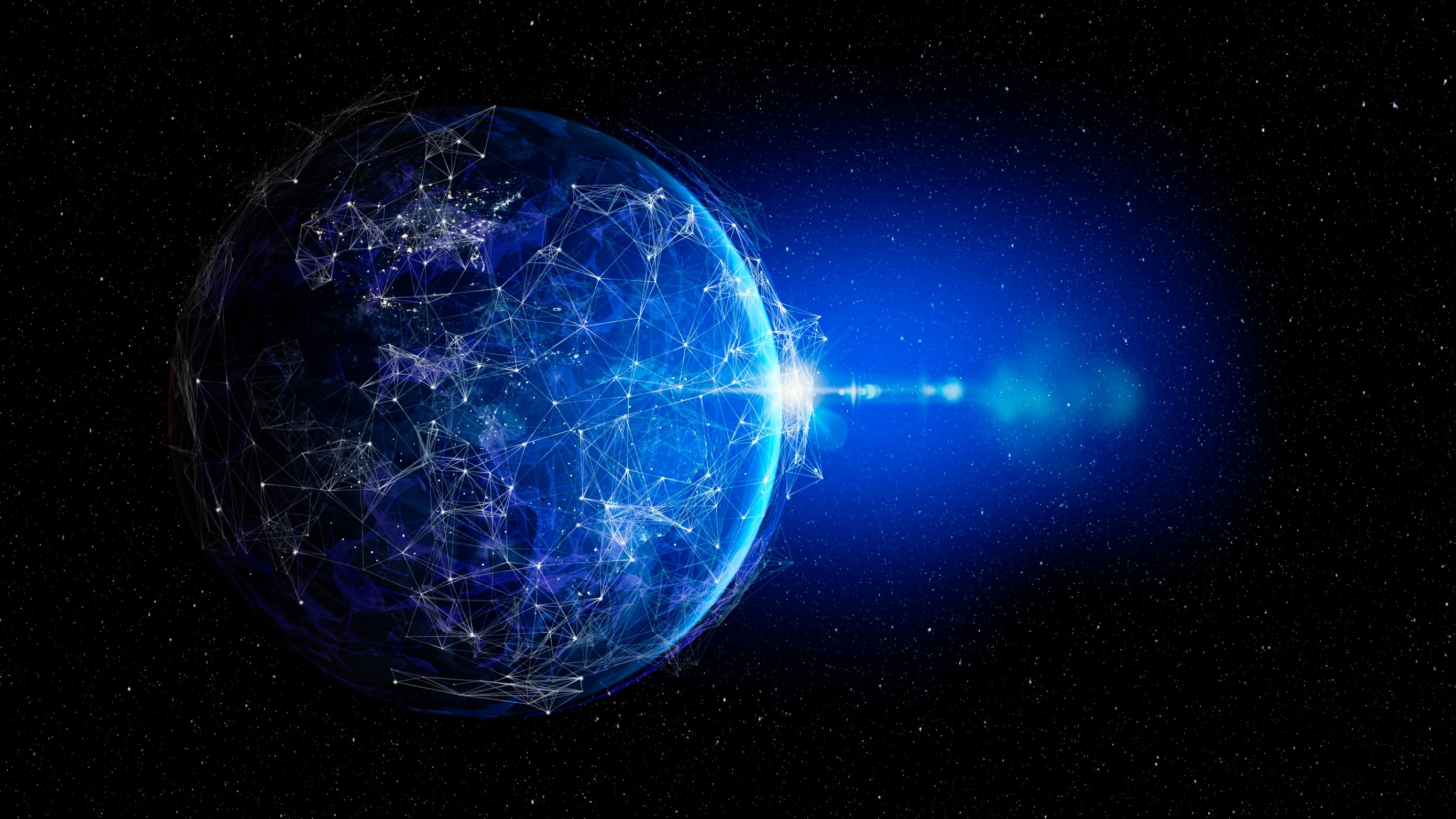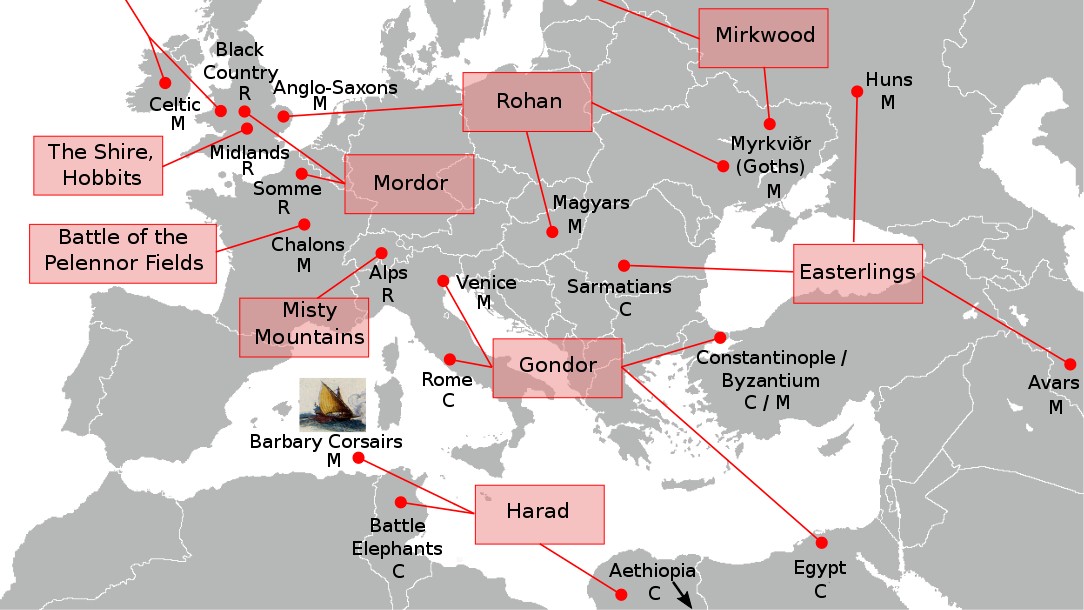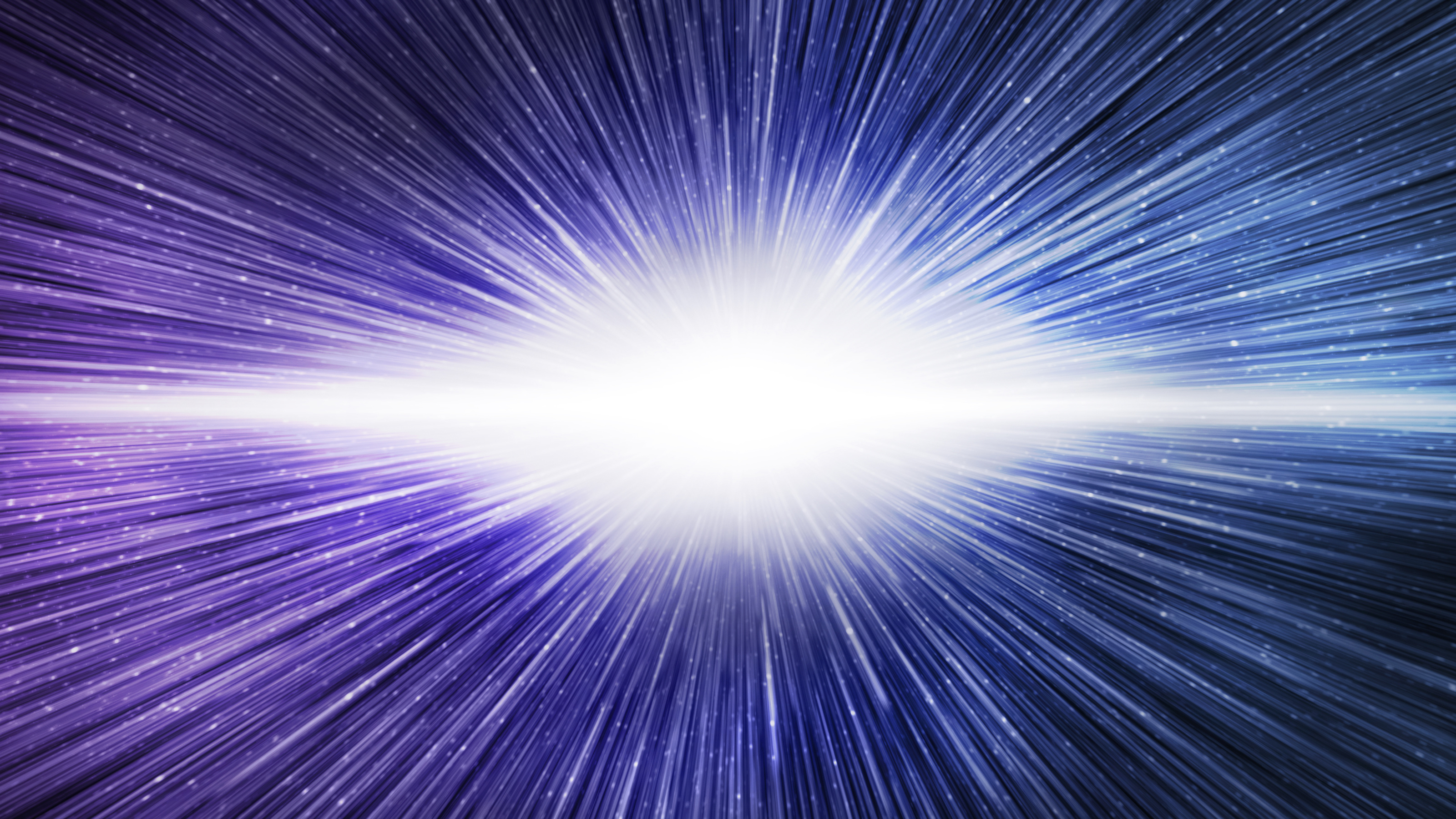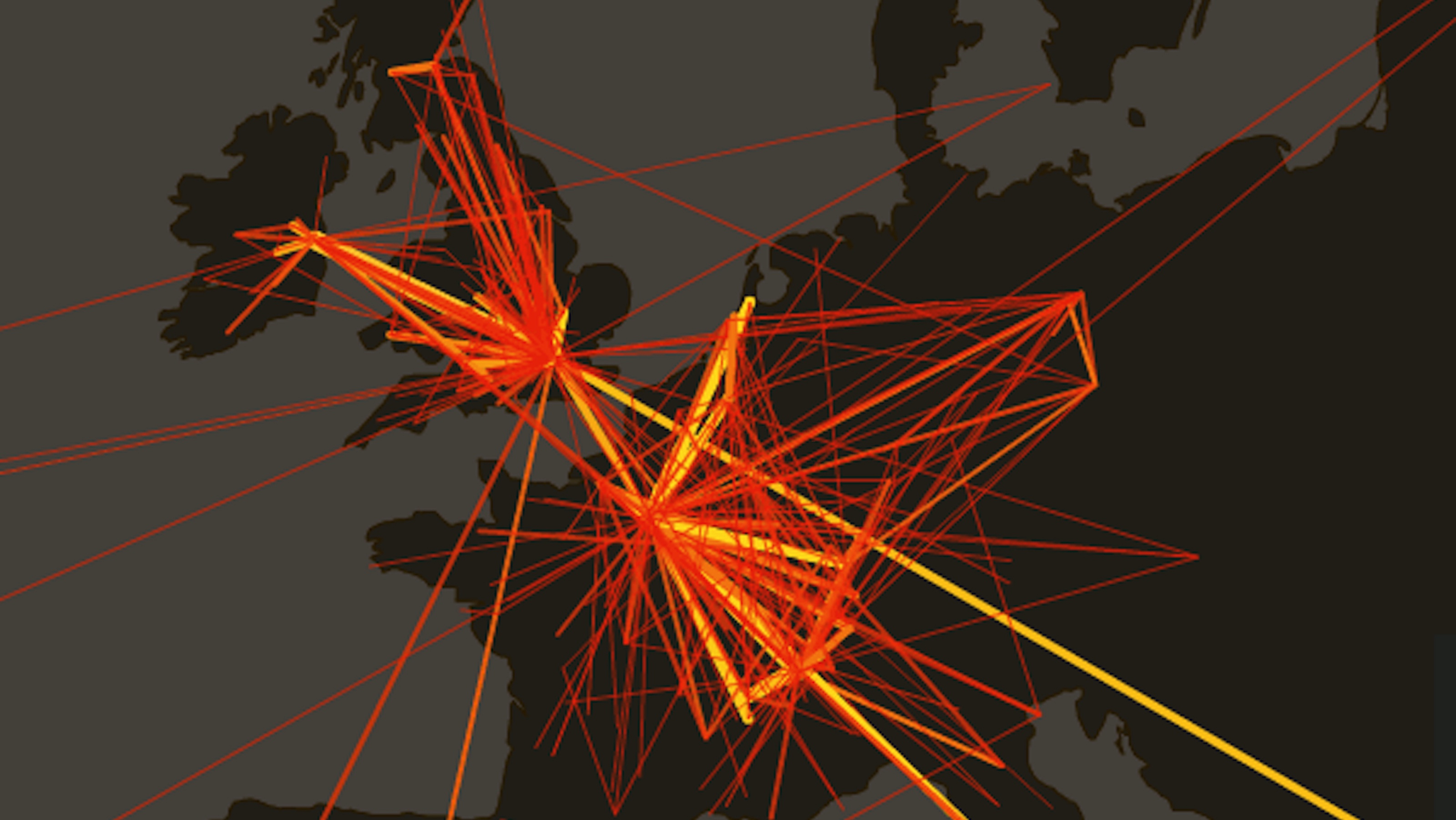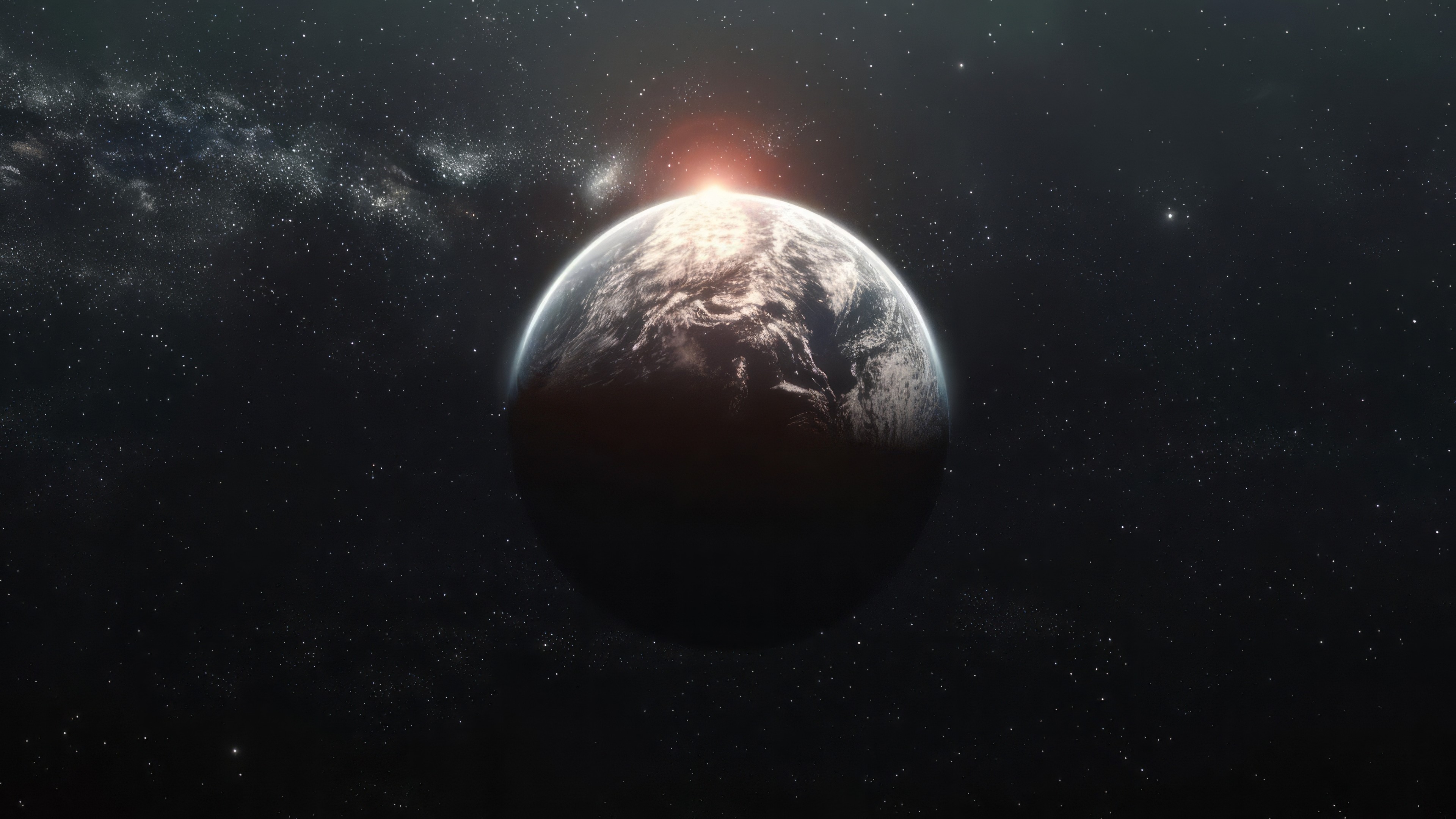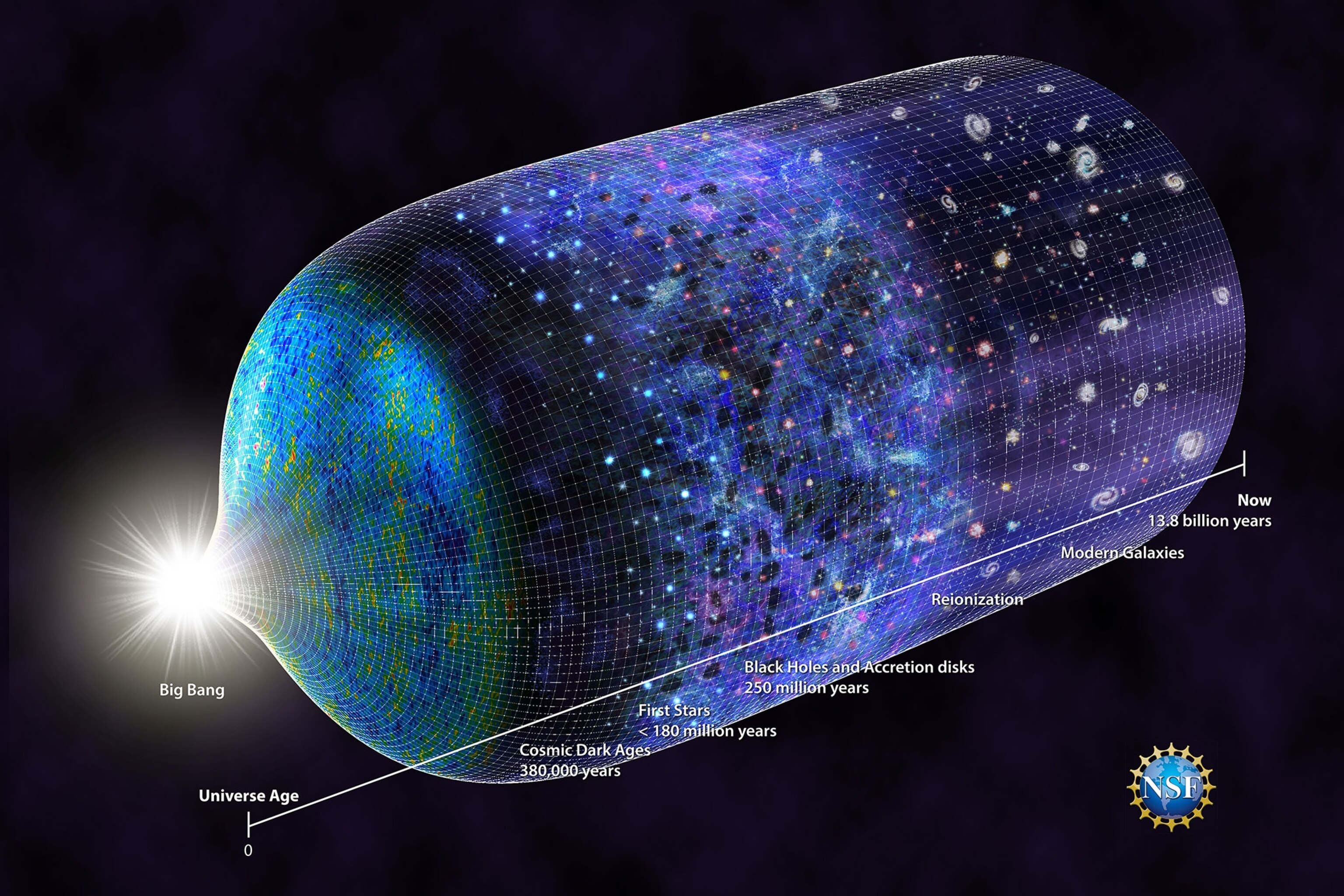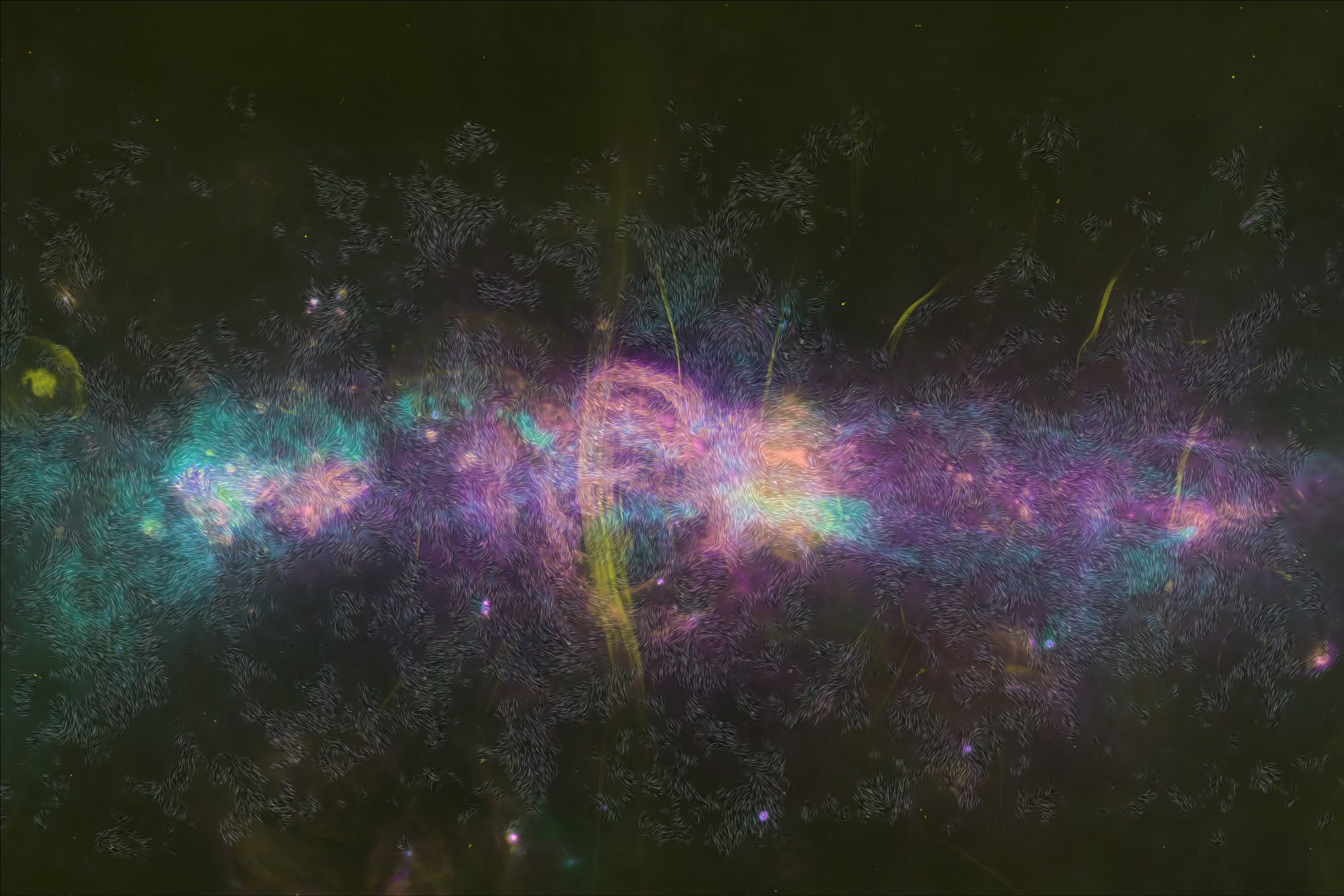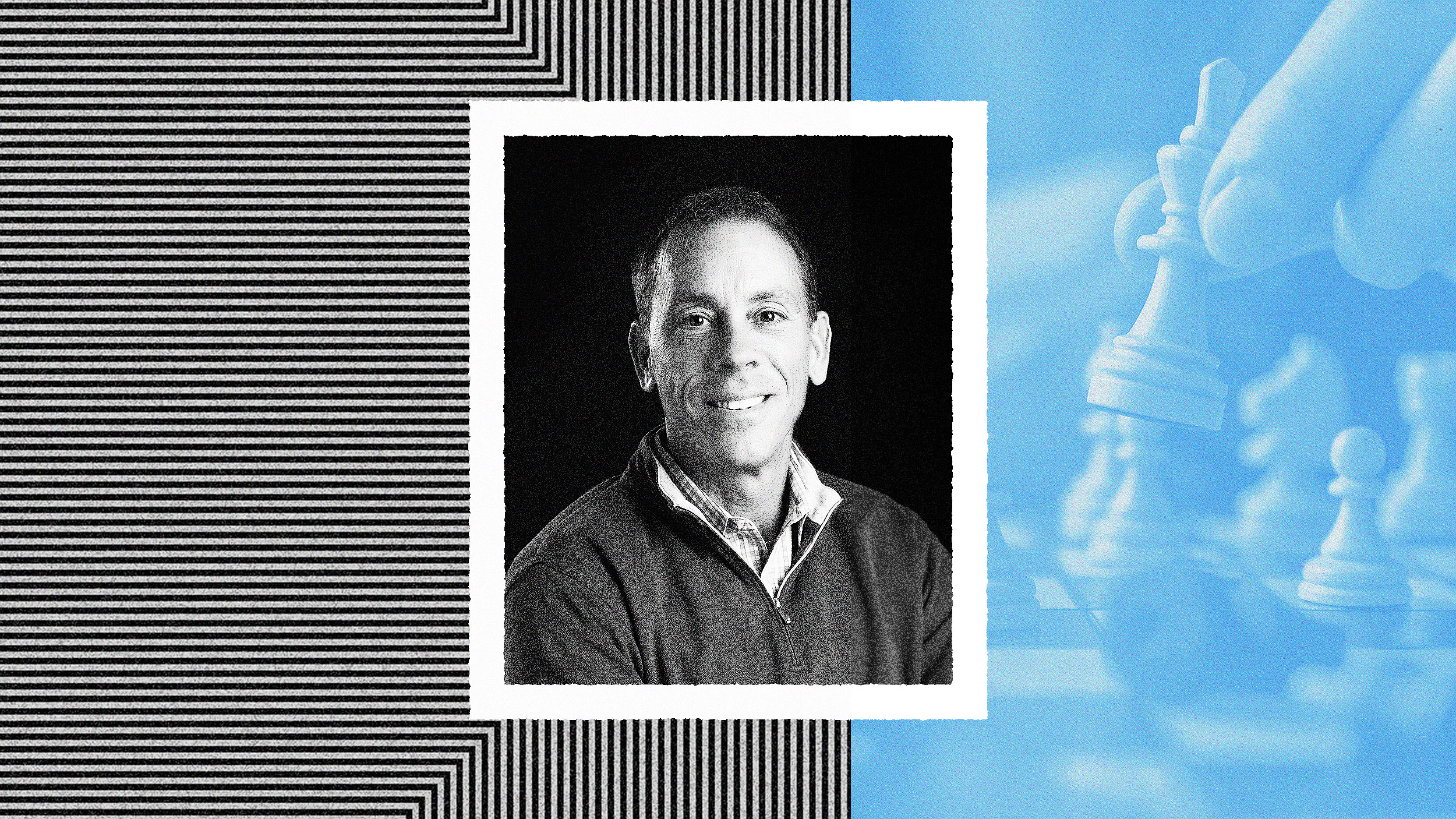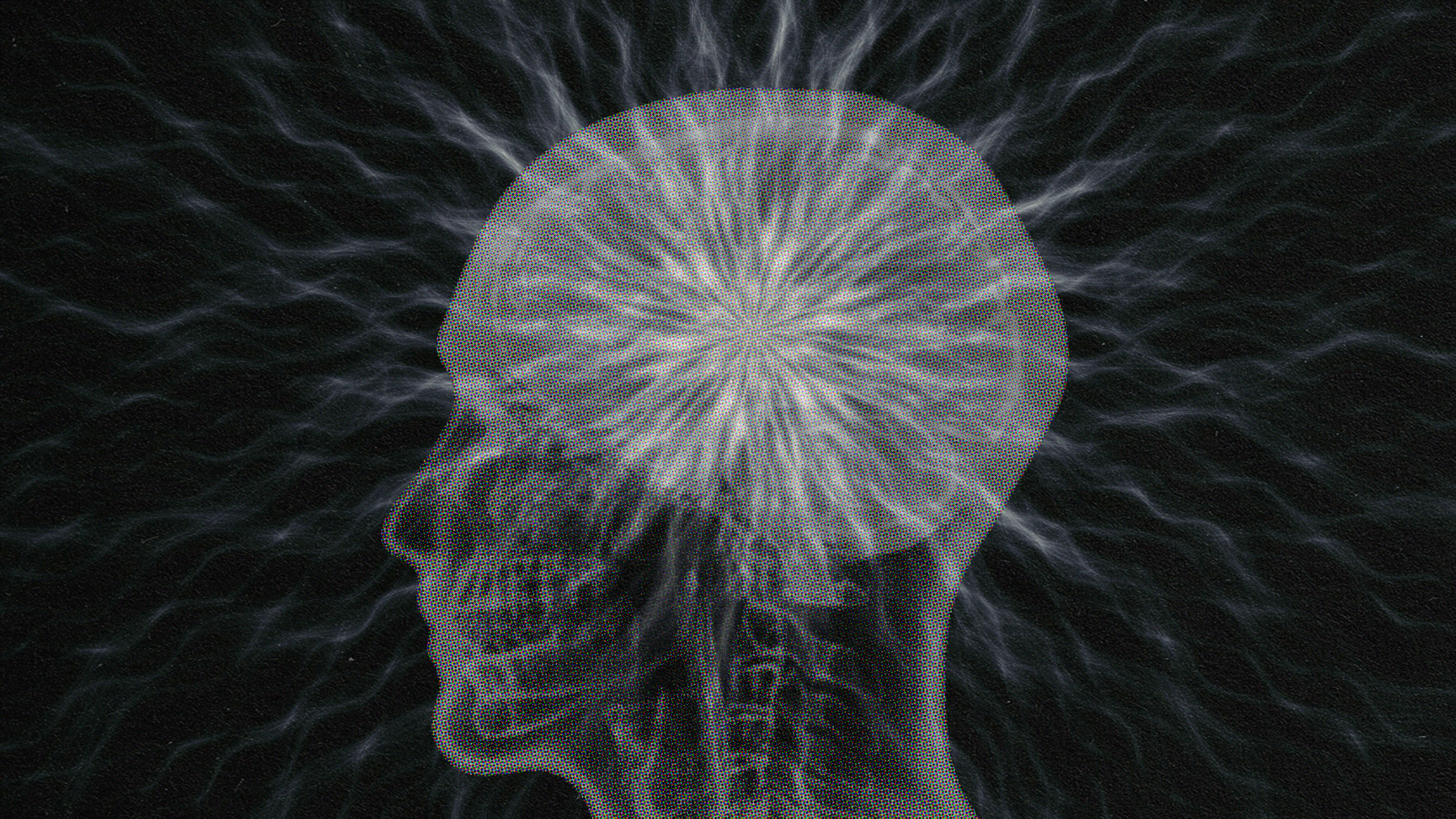The Gallup World Poll reveals regional peaks and valleys of happiness across all of the continents.
All Articles
When high-anxiety situations arise in the workplace, we tend to react by fighting, fleeing, freezing, or fawning — but there’s a hidden fifth option.
Across a variety of industries, trust and “upside-down management” have paid dividends.
Glueballs are an unusual, unconfirmed Standard Model prediction, suggesting bound states of gluons alone exist. We just found our first one.
The Human Chronome Project finds that the average human sleeps for 9 hours but only works for 2.6 hours.
Joe Betts-LaCroix — co-founder and CEO of Retro Biosciences — talks to Big Think about invention, authenticity, and Sam Altman’s “art of the startup.”
The most iconic “dark nebula” of all lights up under JWST’s infrared gaze. Here’s what’s newly discovered inside.
If the past is any guide, things are going to take off quickly.
This may be the largest helium reservoir in U.S. history.
Cancers can’t develop without genetic mutations — or can they?
Beef production is largely responsible for greenhouse gas emissions from the food system.
Poor research can be worse than no research at all.
A battle between different kinds of love.
Voltaire’s wonderful satire, Candide, remains a useful work-life antidote to bogus platitudes and naive optimism.
Holograms preserve all of an object’s 3D information, but on a 2D surface. Could the holographic Universe idea lead us to higher dimensions?
“Values emphasizing tolerance and self-expression have diverged most sharply, especially between high-income Western countries and the rest of the world.”
The fellowship’s journey through Middle-earth mirrors the modernization of the English countryside.
We’ve made god-like figures out of hard-charging CEOs — but it’s a bad idea to get high on your own supply.
In general relativity, white holes are just as mathematically plausible as black holes. Black holes are real; what about white holes?
Digital analyses of Enlightenment-era letters are teaching us a thing or two about Locke, Voltaire, and others.
An interview with Lisa Kaltenegger, the founding director of the Carl Sagan Institute, about the modern quest to answer an age-old question: “Are we alone in the cosmos?”
Admitting that we know little about our future selves can radically improve our decision-making.
From the earliest stages of the hot Big Bang (and even before) to our dark energy-dominated present, how and when did the Universe grow up?
The majority of people in every country support action on climate, but the public consistently underestimates this share.
Discover how Quantum Bayesianism challenges traditional quantum mechanics by focusing on the role of the observer in creating quantum reality.
This first-of-its-kind image offers a detailed look at the magnetic fields within the Central Molecular Zone.
30 years ago Jim VandeHei — co-founder and CEO of Axios — got leadership feedback all wrong. Now, he has the ideal blueprint so you can get it right.
At a fundamental level, only a few particles and forces govern all of reality. How do their combinations create human consciousness?
A human hand has the power to split wooden planks and demolish concrete blocks. A trio of physicists investigated why this feat doesn’t shatter our bones.
Although social paranoia is more common than clinical paranoia, studies suggests that American society isn’t any more conspiratorial than it has been in the past.
